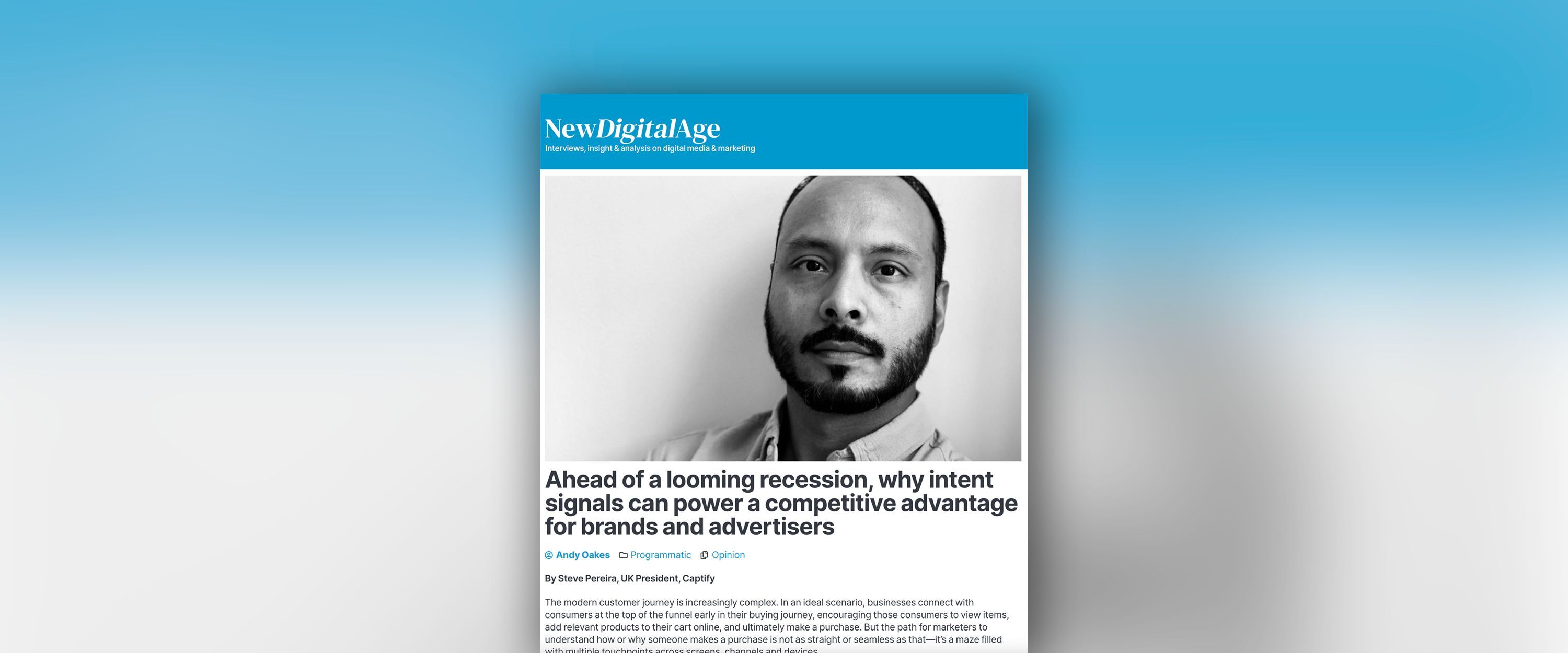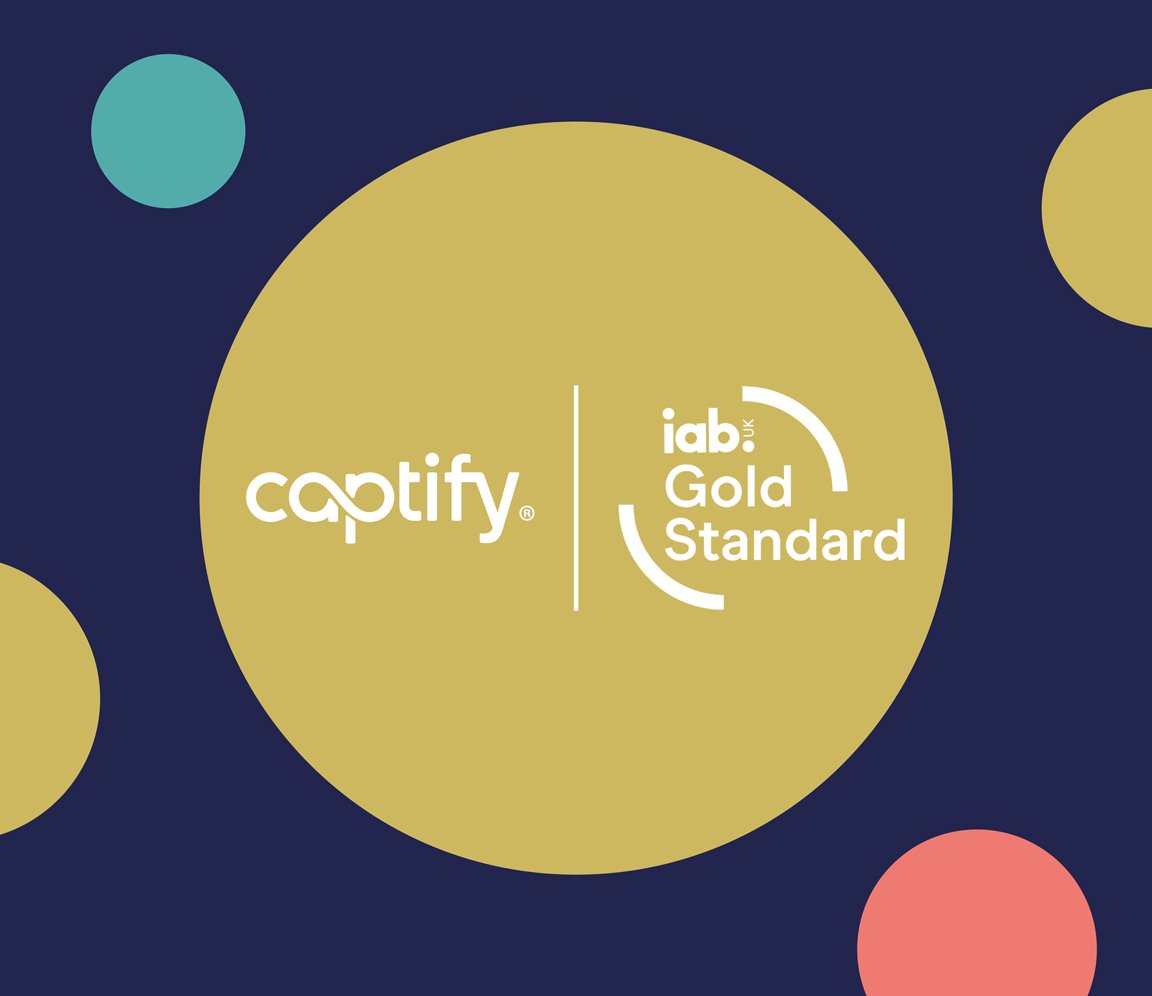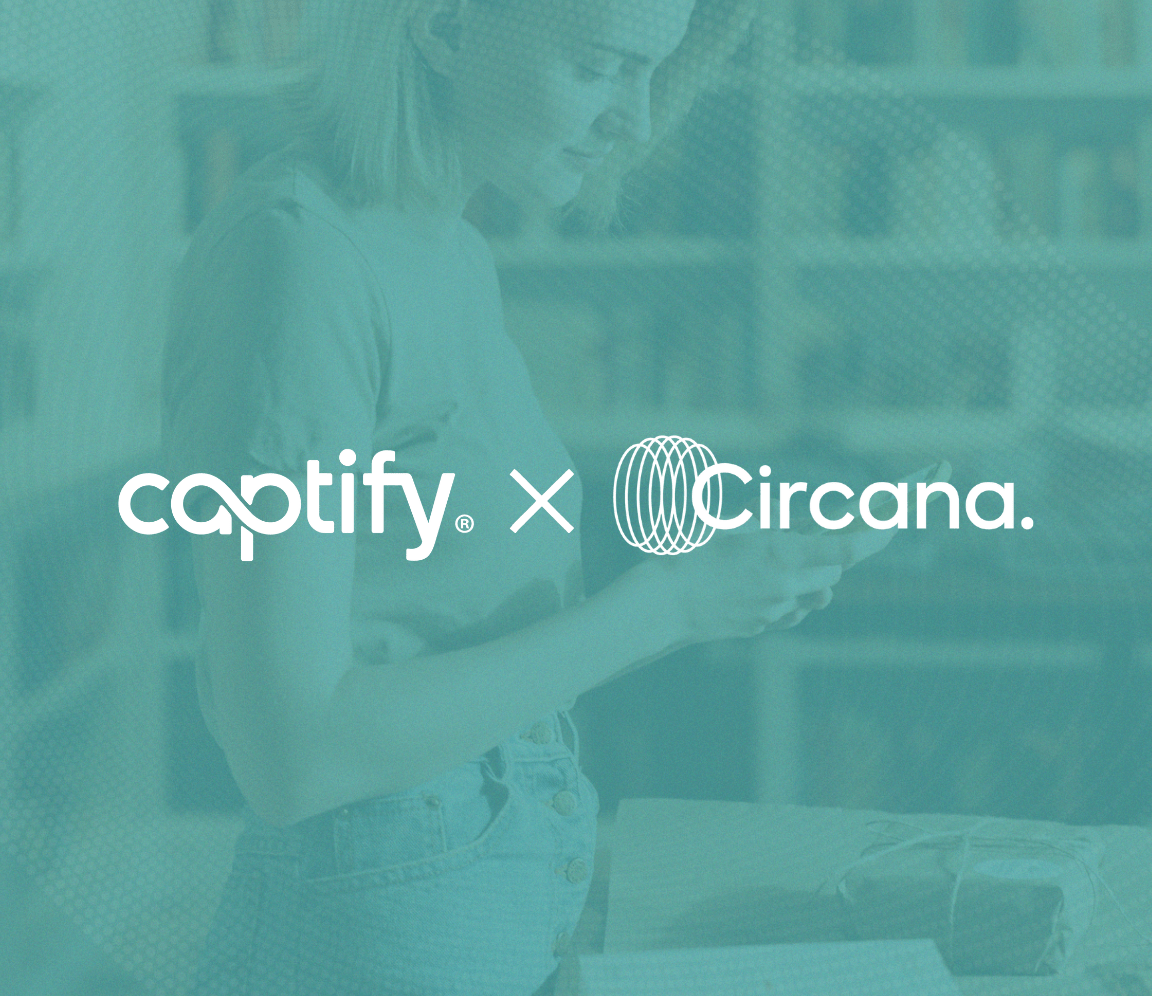NewDigitalAge: Ahead Of A Looming Recession, Why Intent Signals Can Power A Competitive Advantage For Brands And Advertisers
Extracted from NewDigitalAge, Author Andy Oakes
By Steve Pereira, UK President, Captify
The modern customer journey is increasingly complex. In an ideal scenario, businesses connect with consumers at the top of the funnel early in their buying journey, encouraging those consumers to view items, add relevant products to their cart online, and ultimately make a purchase. But the path for marketers to understand how or why someone makes a purchase is not as straight or seamless as that—it’s a maze filled with multiple touchpoints across screens, channels and devices.
Heightening this challenge, brands are bracing for a potential economic downturn, which means ad dollars will have to work harder and more efficiently with return on spend under the microscope. To make smart investment decisions in the face of changing market dynamics and consumer behaviours, brands and advertisers will need to lean into intent signals for a much fuller, more real-time consumer picture to beat the competition and drive results amidst these constant shifts.
To gain the foresight to act on real opportunities in the constantly changing market, brands and advertisers can utilise intent signals to target audiences with imminent real-time needs, whether they are shopping online or viewing their favourite TV show. Intent data uncovers not just motives to buy, but insights into what triggers behaviours, predicted next steps and what influences a customer journey. Indicator signals help tell, and uncover, real stories — not just focusing on one-dimensional metrics like cost-per-action.
Economic Uncertainty and the Rise of Consumer Intent
Citing an estimated 10% inflation rate by the end of the year, the ongoing Russian war in Ukraine and COVID-related lockdowns and pressure throughout the world, economists have predicted a potential recession sometime soon.
While businesses are tightening budgets to compensate for rising costs and supply chain issues, consumers have slowed their spending. This should cause marketers to try to balance their efforts — monitoring costs while reigniting the funnel for better consumer insights to support campaigns in the long term.
So-called intent signals, which are digital data points that indicate consumer purchase interest or interactions with a brand, offer an extremely versatile solution to acquire and retain customers while facing such an uncertain future. With third-party cookies expected to deprecate in 2023, access to true intent signals will be much harder to access. The ability to glean intent from compliant datasets will be that much more valuable.
Want to find out more? Read the full article on NewDigitalAge.



